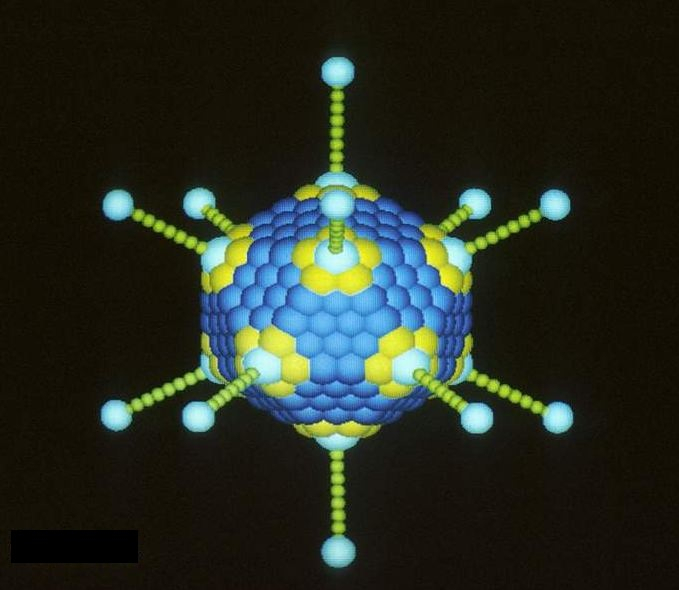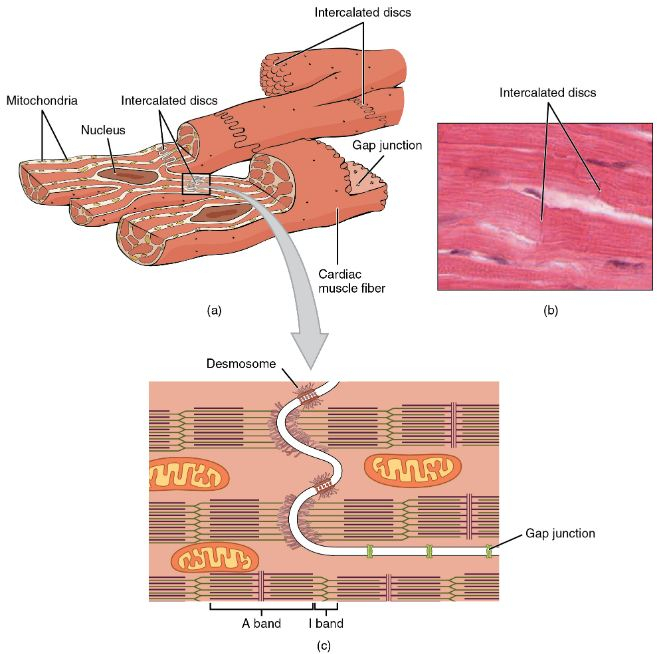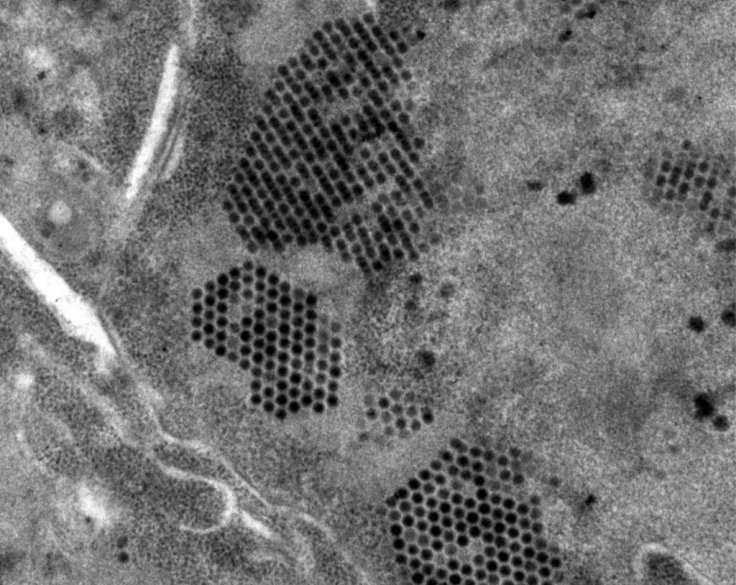The world is increasingly becoming aware of the various kinds of damages that the SARS-CoV-2 can cause. However, researchers from Virginia Tech have found that the relatively harmless Adenovirus can cause heart conditions, which can be as life-threatening as the one induced by COVID-19.
According to the first-of-its-kind study, adenovirus can hamper the electrical signaling pathways between cells in the heart and also impair the ability of the cell to make new communication channels. The scientists exposed heart cells to the virus and learned of the potent effects it had on them.
"This is the first time we're putting this human virus on human heart cells to see what it does in the context of infected heart muscle cells. That's the real power of this," James Smyth, lead author of the study, said.
Adenovirus and Gap junctions

Adenoviruses belong to a class of common viruses that cause infections in the lining of the lungs, eyes, nervous system, and urinary tract. They often give rise to coughs, fever, pink eye, and sore throats, among others. While it generally affects children, all are prone to it.
The communication between heart muscles takes place through channels called gap junctions. They are formed by proteins known as connexins. Creating a bridge between two cells, gap junctions leads to the sharing of electrical signals that aid in the rhythmic contraction of the heart muscle cells. However, gap junctions can also alert neighboring cells about viral attacks.
Through the study, the researchers intended to demonstrate that the virus hijacks gap junctions, and when it does, it can decrease the production of connexin43(a component of a gap function). This in turn interrupts the electrical system that enables regular functioning of the heart, leading to arrhythmias (irregular heartbeat), and in extreme cases, cardiac death.

Studying the Effect of Adenovirus on Heart Cells
The researchers designed a diagnostic technique that employed pluripotent stem cell derived-cardiomyocytes, which are skin cells that have been made to convert to heart cells. The adenovirus was then applied to the cardiomyocytes and the resulting interactions were observed.
As expected, the virus hijacked the gap junctions in order to facilitate its own replication. However, the scientists also observed something that they had not anticipated. It was noted that two distinct processes were being carried out by the virus and that it inflicted dual damage to the cell's capacity to communicate with their neighbors. "Firstly, it was rapidly closing existing channels, and secondly it was shutting down the cells' ability to make new ones," explained Patrick Calhoun, co-author of the study.

Another aspect that caught the eye of the authors was the manner in which the virus prevented the creation of connexin43 and the formation of gap junctions. A protein pathway that is conventionally associated with the making of fresh connexin, was instead made to suppress its production by the virus. "We might learn something very new about the molecular biology there that's causing that switch," Smyth said
Potential for Therapeutic And Diagnostic Intervention
Smyth admits that the research is bound by the limitations of extending the results to a living heart while the experiment was conducted in vitro. However, highlighting the potential value of the findings, he asserted, "Fundamental studies provide the footing for the translational research that discovers therapeutics and diagnostic methods that improve people's health."
Going beyond the sheer understanding of viral infection, the research, Calhoun emphasized, can generate new therapeutic interventions for diseased hearts. "We're essentially learning from adenovirus to find the most efficient ways to stop, rather than cause, arrhythmias," he stressed.








